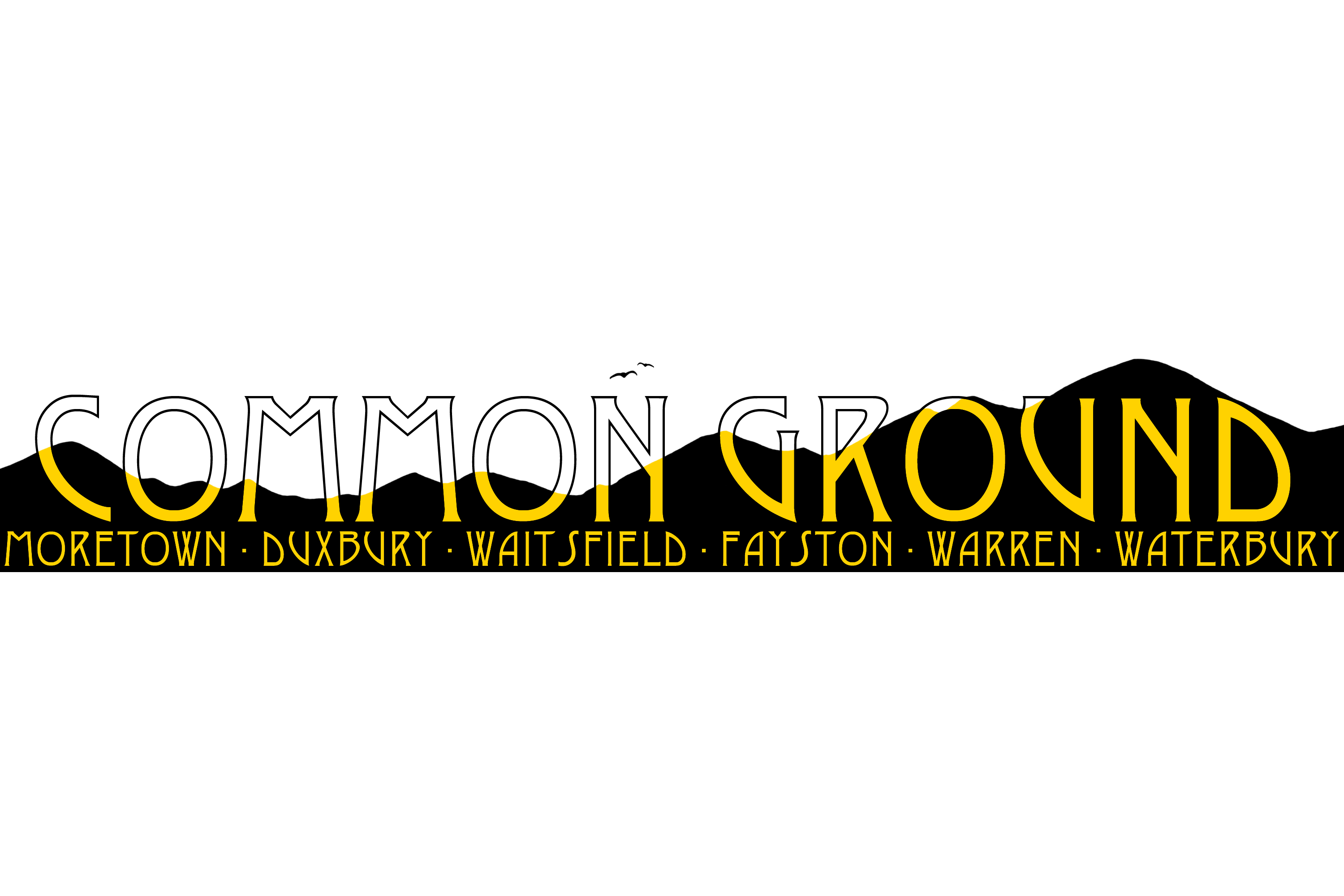HCLC: The View From Here
Q: Why did the Harwood student cross the road?
A: To find a better path to academic success.
The Harwood Community Learning Center, or HCLC, takes place in a building across the street from the rest of the school. Paul Kramer oversees English and Humanities, while Beth Gravelle teaches Science and Math. According to the Harwood Union website, HCLC “emphasizes how to learn rather than what to learn.” Students choose their own projects to work on based on their interests and learn skills relating to those projects.
HU Student Exhibits
 One HCLC student, Jordan, has been working on a project about training a dog to do tricks. “I learned patience, lots of patience, it takes a lot of time,” she said. “And also perseverance, even though I get frustrated. So I was able to actually really work on keeping myself calm, which was kind of helpful because I get angry quickly.” She also took pictures with the help of Mr. Furlong for another project she did on photography.
One HCLC student, Jordan, has been working on a project about training a dog to do tricks. “I learned patience, lots of patience, it takes a lot of time,” she said. “And also perseverance, even though I get frustrated. So I was able to actually really work on keeping myself calm, which was kind of helpful because I get angry quickly.” She also took pictures with the help of Mr. Furlong for another project she did on photography.
James, another HCLC student, started a tie-dye business along with a friend. “He handled the tie-dying, and I did the business side of it, like using spreadsheets, marketing, and product management, getting the word out to people, and creating advertisements. It was a really cool learning experience, and I got to talk to some people who are in marketing. They taught me some very cool ways to market.”
 Another student, Veronica, has worked on projects including a writing project and starting a Dungeons and Dragons campaign with detailed descriptions of places and characters. “I found it to be quite fun,” she said. “It allowed me to invest in a hobby that I’m still continuing to this day that’s helped me make friends.”
Another student, Veronica, has worked on projects including a writing project and starting a Dungeons and Dragons campaign with detailed descriptions of places and characters. “I found it to be quite fun,” she said. “It allowed me to invest in a hobby that I’m still continuing to this day that’s helped me make friends.”
On Wednesday, April 5th, the students at HCLC attended an exhibition to show their projects and learn from people at similar programs throughout the state.
Project-Based Learning at Other Schools
The exhibition, which was held at the UVM Davis Center, “included students from different independent learning programs mostly from the northern part of the state. So lots of Burlington area folks, but then people further out too like us,” teacher Beth Gravelle said.
Harwood students saw both the projects of other schools’ students and also the different learning styles used at other schools. For example, the Mountain River School holds classes primarily outside when possible and uses a more career-based approach. At that school, one student job-shadowed an equine veterinarian, while another interviewed police officers and did a project related to crime and psychology. A third student researched quantum biology in a project that even puzzled most teachers! “They were looking at the quantum effects of different photons on chlorophyll, and included math that was definitely above my pay grade,” Beth said.
The HCLC experience
Students at HCLC seem to enjoy being there for the most part, but there can be a downside. Because of how the schedule works, students can choose certain classes at Harwood to take either in the morning or in the afternoon. If two separate courses are offered, but one is in the morning and one is later, students have to choose which class they want to take.
Overall, the teachers and the students thrive while being at HCLC because it allows teachers to connect more personally with students and students to study their own interests.
 Both Paul Kramer and Beth are able to connect to each student’s interests and bring students’ projects to life depending on if it is science, math, or humanities-related subjects. “It was really cool to see that we’re not the only school that has a secondary program that’s project-based,” Jordan said while talking about the exhibition. Shown above is James and Jaden’s tie dye brand, they decided to start a business following their project around making tie dye tee shirts for their group at HCLC which lead to them to start learning about pricing, cost of materials, and how to start a small business and create designs.
Both Paul Kramer and Beth are able to connect to each student’s interests and bring students’ projects to life depending on if it is science, math, or humanities-related subjects. “It was really cool to see that we’re not the only school that has a secondary program that’s project-based,” Jordan said while talking about the exhibition. Shown above is James and Jaden’s tie dye brand, they decided to start a business following their project around making tie dye tee shirts for their group at HCLC which lead to them to start learning about pricing, cost of materials, and how to start a small business and create designs.


